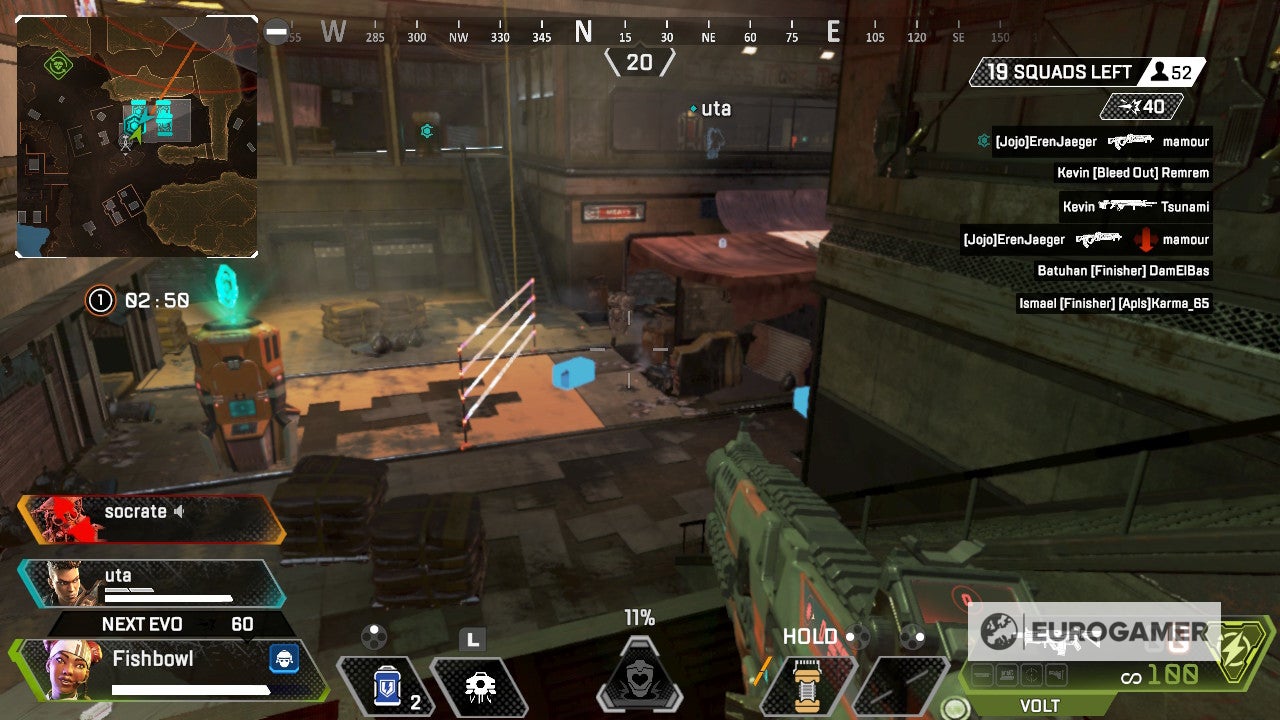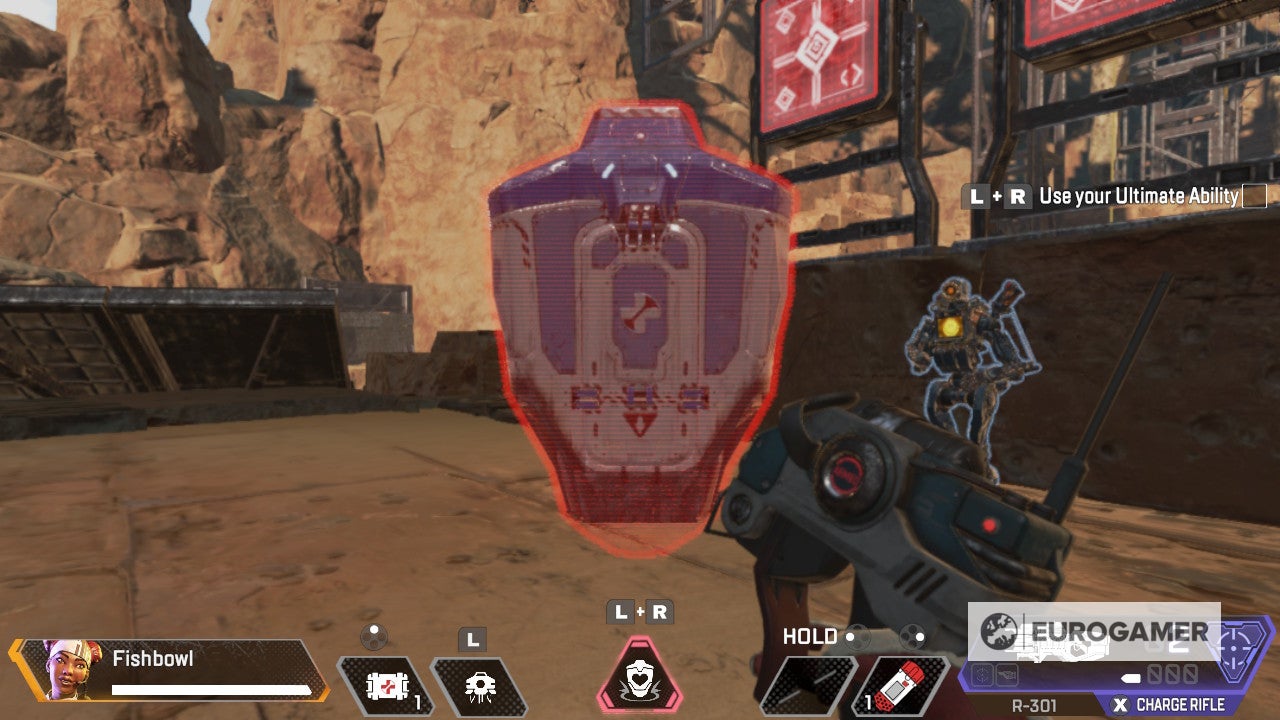Over the past few days I’ve been playing Apex on my Switch, primarily docked using Joy-Cons, and I’ve spent most of it wishing I was playing on any other platform. For me, the main problem is the visuals - everything feels incredibly blurry, ranging from skin textures to enemy outlines. On Switch, Apex officially targets a resolution of 720p in docked and 576p in handheld, with a frame-rate of 30FPS in both. Yet even without an FPS counter it’s obvious that the game is frequently running below 30FPS, with significant frame-rate dips during gunfights. Not so great when you’re being shot at. I initially thought the frame-rate and blurriness problems might be limited to handheld, but sadly the docked mode doesn’t fare much better. I’ll be interested to hear what Digital Foundry has to say about this, so stay tuned for their verdict.
The other key problem with the Switch port is that Apex - a game known for its fast pace, snappy shooting and movement - really doesn’t translate all that well to Switch Joy-Cons. The default settings make aiming feel wild and uncontrolled, with players resorting to strafing and shooting in a straight line (more than usual). It creates some fairly comic moments, but perhaps not the shooting experience you’d normally expect from Apex. Navigating inventory menus with a cursor can be slow and awkward (seemingly more so than on other consoles), while sliding and jumping feels difficult. There were always going to be compromises when porting this game, but it’s a shame that the zippy feel of Apex has been lost in the process. This is definitely a game for the Switch Pro controller, if you have one.
Compounding these problems is the fact cross-play is enabled by default, putting Switch users at a real disadvantage to other platforms: just take a look at this Reddit post comparing what Switch players see versus those on Xbox. To be fair, with cross-play enabled Apex still largely grouped me with other Switch players, or at least those using controllers rather than mouse and keyboard. But there was a noticeable difference in quality between console players and the poor souls on Switch - you could tell just from someone’s movement which platform they were using. On one occasion my entire squad of Switch players got slapped down by a single controller user, which was somewhat demotivating.
Thankfully, there’s an option to disable cross-play tucked away in the gameplay settings. The queue times - although longer - weren’t as bad as I had feared, with the longest queue taking about 30 seconds and the shortest a zippy 13 seconds. Then at least you know you’re on a level playing field.
The lack of cross-progression may also be a bit of a sticking point for veteran Apex players: the loss of cosmetics and badges is mildly irritating, but the fact you have to re-unlock all the legends (or speed things up by paying) is a real annoyance. If you want to buy the battle pass, too, progression won’t be shared between Apex accounts. This is a problem across all versions of the game, and Respawn is working on eventually introducing cross-progression - although director Chad Grenier told Nintendo Life the studio is still “a ways out from being able to offer that”.
In some ways, it’s remarkable that Apex Legends is running on Switch at all: large multiplayers are challenging to port at the best of times, and it sounds like Respawn and Panic Button had to build support from the ground-up for Apex Legends’ engine on Switch. And, after all, this is a free-to-play game, so at least you can try it out before spending money on a battle pass. But I doubt that anyone who normally plays Apex on PC or console is going to play for long on Switch: it’s a real climb-down from the pacy gameplay that defines this battle royale. I don’t think anyone was expecting stellar performance on Switch, but the problems were significant enough to put me off playing entirely. It’s there for Switch-only players, and it’s a bit of fun as a novelty, but I don’t think I’ll be taking this battle royale on the go with me anytime soon.


